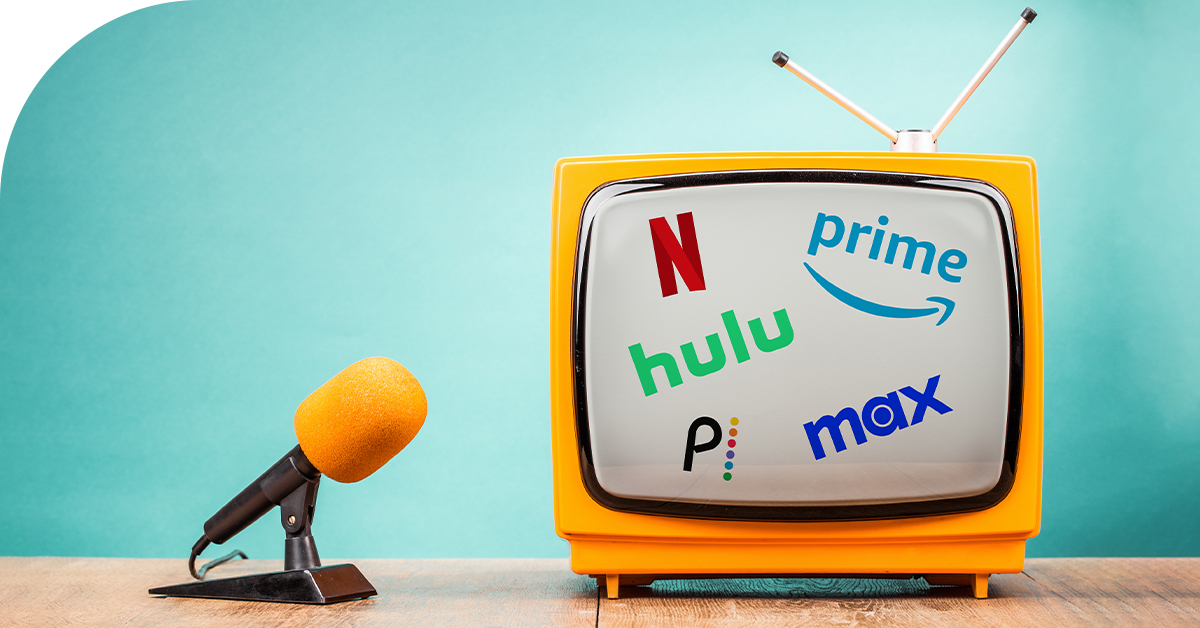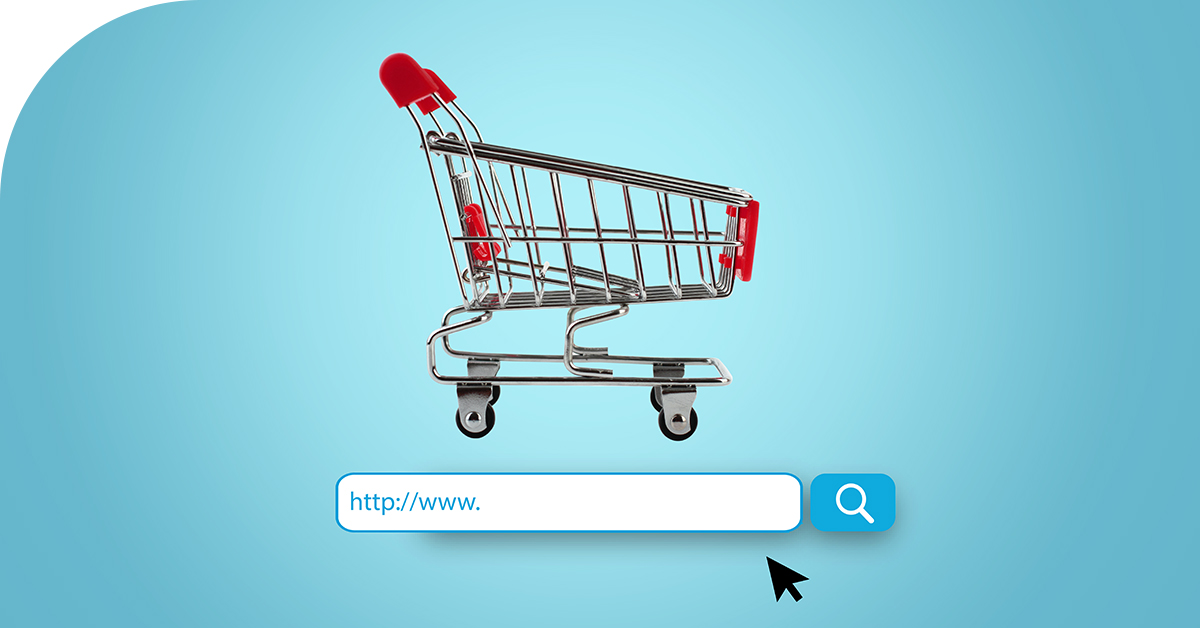The first television advertisement was executed in July of 1941 during a break in a Major League Baseball game between the Brooklyn Dodgers and the Philadelphia Phillies on WNBT (later WNBC) in New York. Bulova Watches paid $9 to show their brand logo and a clock on the screen for 60 seconds–presumably with a 100 percent market share and video completion rate.
Now, a cultural and economic force spanning nearly 80 years, the television industry, and its accompanying ad model, has gone through many a metamorphosis–but none more impactful than the recent rise of connected TV (CTV) advertising.
What is connected TV?
Connected TV is generally defined as any content or advertising that’s served over-the-top (OTT), thus, not through the traditional television signal or cable/satellite distribution.
As consumers “cut the cable,” they consume content (and ads) via a combination of streaming devices–Roku, Fire, gaming systems, smart TVs–and multiple applications, which effectively have become the new “channels” on our screens. Many applications like Netflix and Disney+ are not ad-supported as they’re based on a subscription model. But most leverage the AVOD model (Ad-Supported video on demand) quite similar to the traditional linear TV/cable model: Hulu, YouTube, Pluto, HBO Max, and Peacock.
A disruptive phenomenon, CTV now enables any advertiser to get their brand’s message on that coveted flat-screen on the wall while the consumer is tuned in to the most relevant content (advertisers can also alternatively or simultaneously target other device types such as phones, tablets, laptops, etc).
Connected TV ads vs. traditional advertising
As the cords continue to be snipped, connected TV is having its moment. As of Q2 2020, streaming now accounts for a quarter of all television minutes viewed, according to Nielsen’s latest Total Audience Report–a steep rise from 19 percent just in Q4 2019. Americans watched an average of 142.5 billion weekly streaming minutes in Q2, versus 81.7 million hours in the second quarter of 2019. Independent buy-side advertising platform, The Trade Desk, reported a 40 percent increase in CTV spend from Q2 2019 to Q2 2020 in their most recent earnings call. As organic consumer trends compounded with COVID-19 lifestyle adoption accelerates the growth and adoption of CTV, the industry is creating scale and efficient pricing. In parallel, rapidly advancing ad technology is creating accessibility for a wider range of advertisers.
CTV is indeed creating a bridge between the two typically isolated silos of traditional advertising (TV, radio, print) and digital advertising (banners, online videos, search, social, etc). CTV is effectively facilitating the digitization of traditional media–and all other traditional mediums will continue to follow (many like audio and radio are already on their way).
The technology building this bridge is programmatic advertising–which is essentially the automation of the advertising and media industry. To run a traditional TV campaign, an advertiser would need to hire a specialty agency to navigate the multiple contracts, middlemen, and fax machines to get their message onto the television screen. Even then, with a lack of targeting, it would be a blunt instrument with a lot of waste.
Conversely, self-serve advertising platforms enable the execution of television advertising with precise control and efficiency–a scalable and targeted campaign can be activated in minutes! And what the consumer sees on the other end of their screen is the exact same thing–a compelling message delivered during the commercial break of their favorite show or game.
What are the benefits of connected TV?
This transformation has brought the core digital advertising benefits into the TV world. It can be purchased quickly with small test budgets. It can be layered with first and third-party data, making it highly targetable and efficient. It can be monitored and optimized in real-time, and the results are highly attributable. And the accessibility of this medium is also driving its growth–nearly any advertiser can now create, test, and grow CTV campaigns.
The CTV democratization of the “big screen” is disruptive and has opened a medium to millions of advertisers that was previously inaccessible. It’s a great trade-off for the consumer as the ads they view have never been more targeted and relevant (sure, frequency capping needs some work). CTV is rapidly growing into a real-time and highly efficient consumer engagement marketplace at scale, all facilitated by platforms and technology running seamlessly in the background.
Not dissimilar to Bulova efforts in 1941, today a fledgling direct-to-consumer (DTC) watch brand can leverage a self-service platform to set up and run a CTV campaign in minutes, presumably with a bit more creativity! With contemporary rates, they could even start with a $9 budget to test a highly targeted ad in front of approximately 250 viewers. And it could be inserted into a Dodgers – Phillies game while being targeted to viewers with specific demographics and even an intent to purchase a watch in the next 30 days. As they see their measurable, real-time results, they can rapidly expand their buy with efficient optimization and growth.
And that’s pretty cool.








